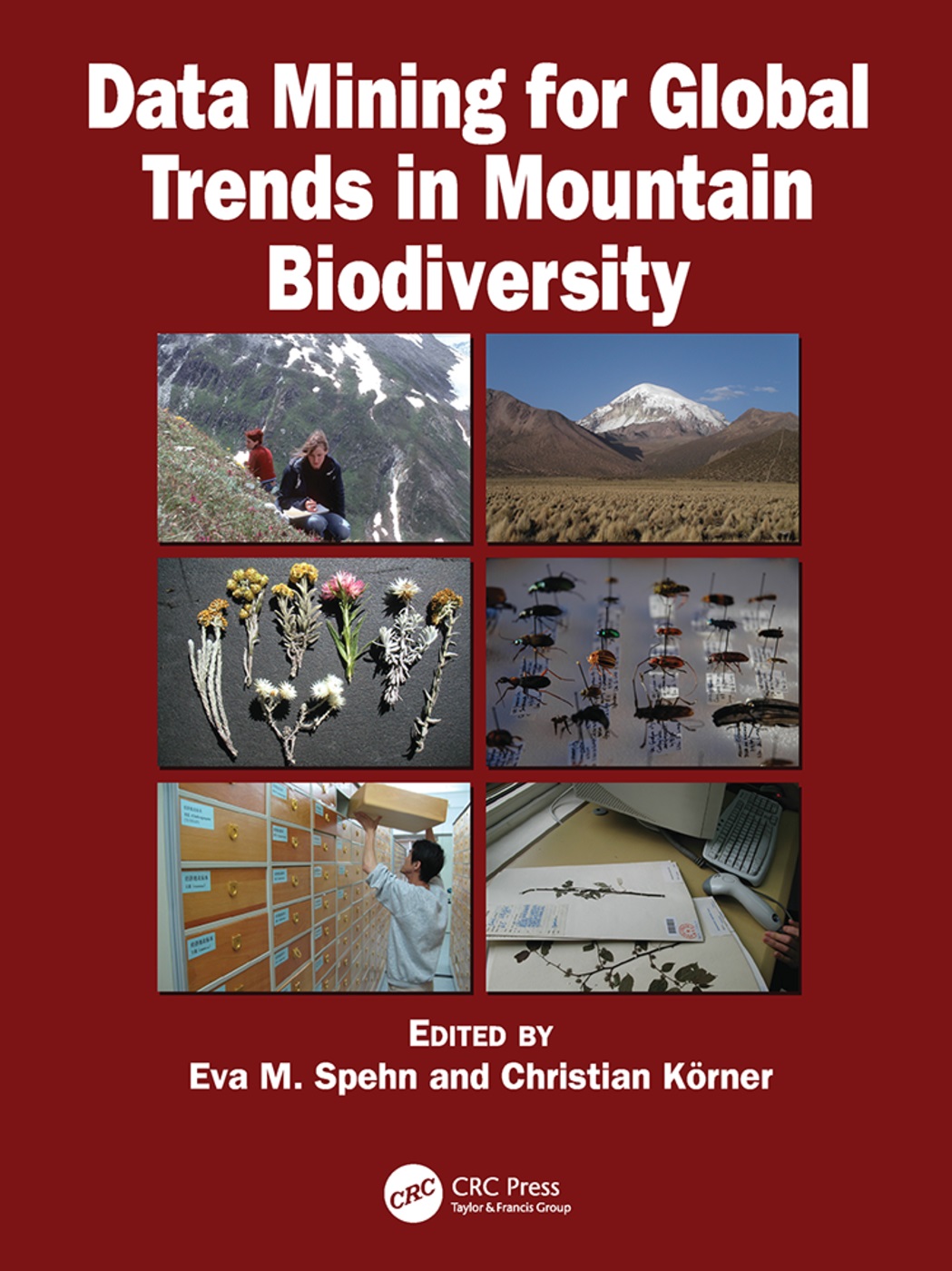
This study assessed the climate vulnerability of the agriculture, horticulture, and livestock sectors at the block scale in the Kullu district of Himachal Pradesh. This region exhibits the most conspicuous manifestations of climate change. The study sites were selected to represent different elevation zones. A total of 108 indicators for the sectors were chosen to assess climate vulnerability as a methodological framework suitable for a mountain perspective. The net climate vulnerability in the agriculture sector was lowest in blocks that had greater accessibility to the road network, were nearer to markets, had high literacy and more institutions, and were shifting to enterprises other than agriculture. The net vulnerability index (VI) for horticulture revealed that vulnerability was reduced by a shift toward off-season vegetable cultivation, productive soils for crops, and the establishment of new orchards. The net VI of the livestock sector was lower if there were fewer diseases and pests and they were quickly managed, if there was good access to veterinary facilities, if slopes were less steep, and if improved grassland was available. The composite net VI of all blocks in different sectors of this farming system revealed that the Naggar block, followed by Kullu and Nirmand, was the least vulnerable. ©